Building a Strong Community: The Role of Real Estate in Fostering Neighborhood Connections
The foundation of a thriving neighborhood lies in the strength of its community connections. Real estate plays a significant role in shaping these connections, as it is not just about constructing buildings, but also about creating spaces where people come together to form bonds and build a sense of belonging. In this blog post, we'll explore the vital role of real estate in fostering neighborhood connections, highlighting the various ways developers, residents, and local organizations can contribute to building a strong and cohesive community.
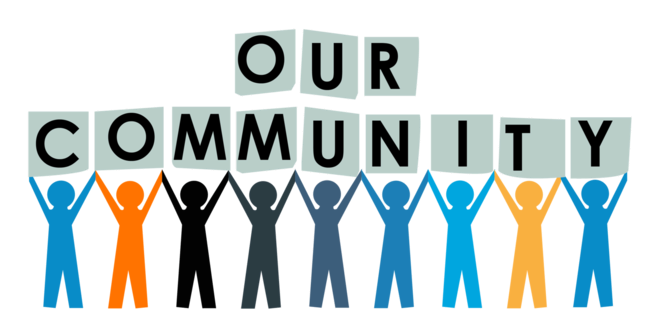
1. Designing Community-Centric Spaces
We'll begin by examining how real estate developers can prioritize community-centric design. From incorporating green spaces and communal gathering areas to creating mixed-use developments that encourage interaction, thoughtful design can foster natural opportunities for neighbors to connect.
2. Embracing Diversity and Inclusivity
Real estate has the power to influence the composition of neighborhoods. We'll discuss the importance of embracing diversity and inclusivity in the planning and development stages, promoting communities that welcome people from all walks of life and encourage mutual understanding.
3. Supporting Local Businesses and Initiatives
Real estate can act as a catalyst for local economic growth by supporting small businesses and community initiatives. We'll explore how commercial spaces can be designed to accommodate local entrepreneurs and social enterprises, further strengthening the sense of community ownership.
4. Community Spaces as Gathering Hubs
Community spaces play a pivotal role in facilitating neighborhood connections. We'll showcase successful examples of community centers, parks, and other gathering hubs that have become the heart of their neighborhoods, hosting events, activities, and social gatherings that bring residents together.
5. Engaging Residents in the Development Process
Meaningful community connections are fostered when residents are involved in the decision-making process. We'll discuss the importance of engaging residents in the development process, seeking their input, and incorporating their ideas and feedback into real estate projects.
6. Collaborating with Local Organizations
Real estate developers can partner with local organizations to enrich community life. We'll explore examples of successful collaborations between developers and community organizations that have led to the creation of impactful programs and events that strengthen neighborhood connections.
7. Prioritizing Safety and Security
A strong sense of community is often founded on a feeling of safety and security. We'll discuss how real estate developers can prioritize safety measures and design features that promote a sense of well-being among residents.
8. Long-Term Sustainability and Community Growth
Building a strong community is an ongoing endeavor. We'll emphasize the importance of long-term sustainability in real estate development, ensuring that neighborhoods continue to thrive and grow over time.
Real estate has a profound impact on the fabric of a community, influencing how neighbors interact and connect with one another. By prioritizing community-centric design, embracing diversity, supporting local businesses, and engaging residents in the development process, real estate can play a pivotal role in building a strong and interconnected community. Let us strive to create neighborhoods where bonds are forged, ideas are shared, and neighbors come together to create a sense of belonging that transforms houses into homes and streets into vibrant communities.
Recent Posts
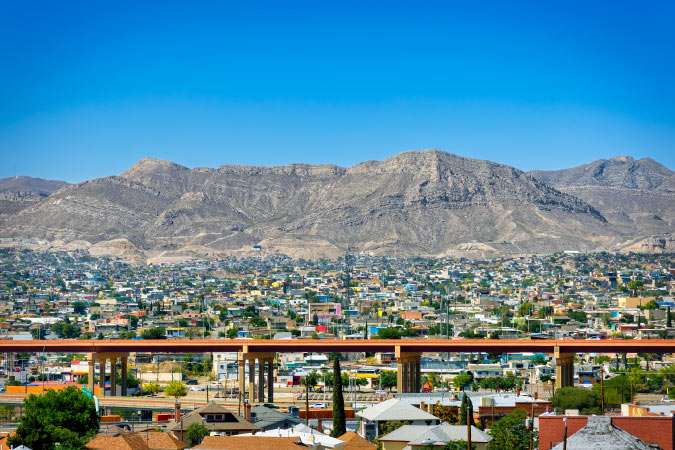
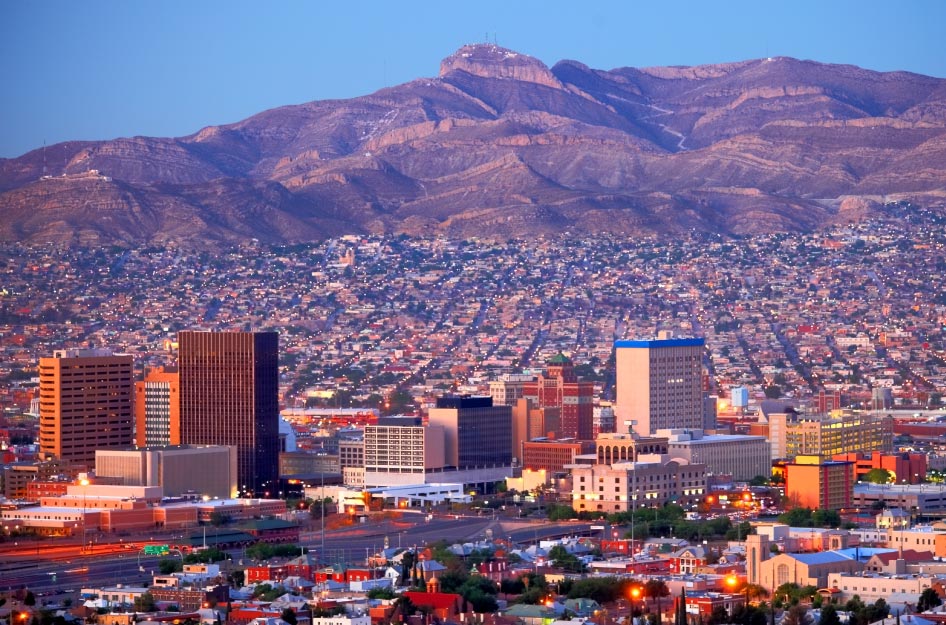

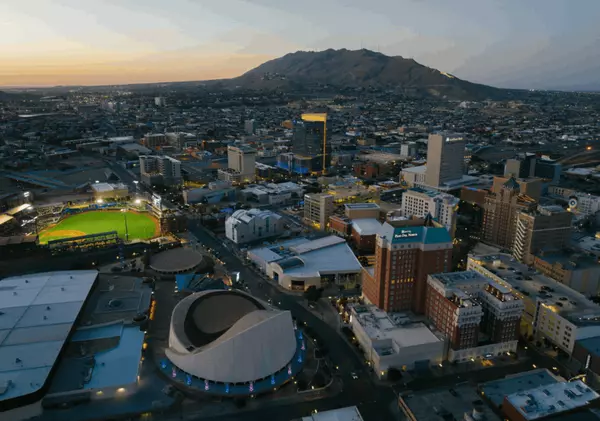
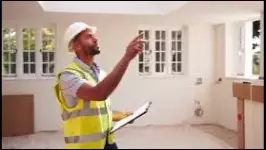

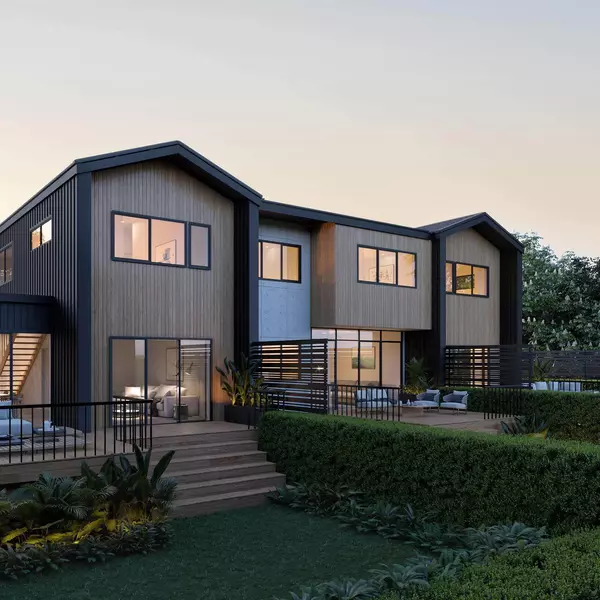
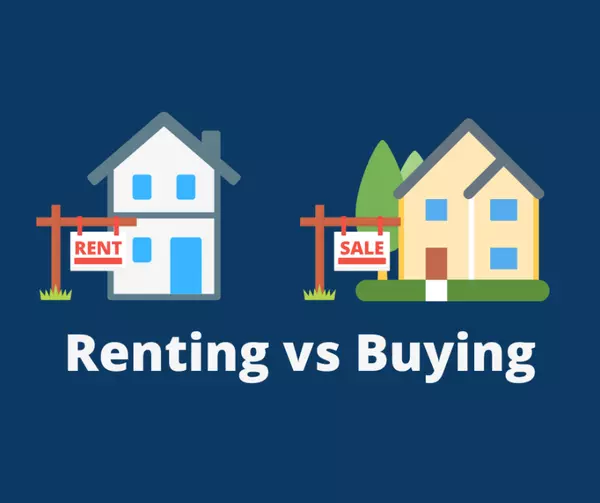
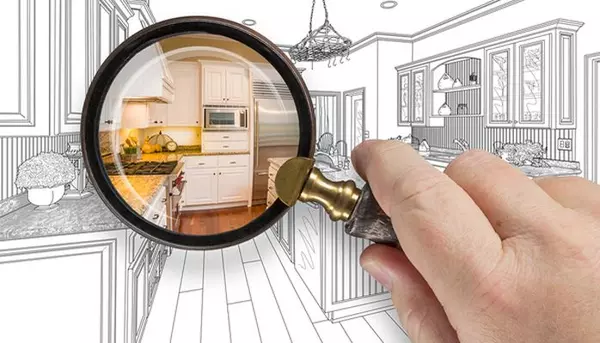
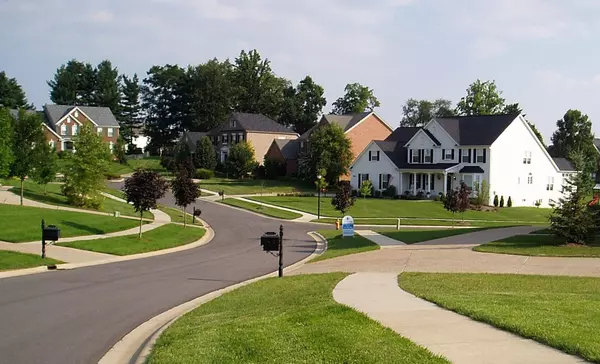
GET MORE INFORMATION

